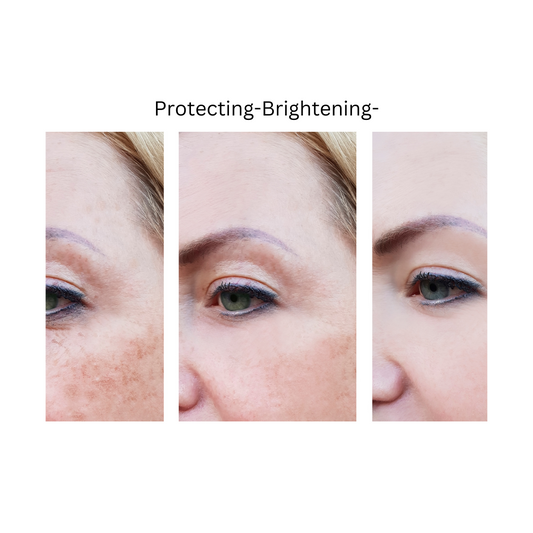-
BR Pharm MelaRX Serum
Vendor:Br PharmRegular price $105.00 USDRegular priceUnit price per$50.00 USDSale price $105.00 USD -
Chanj - Intensify Vital C + E & Growth Factors
Vendor:ChanjRegular price $75.00 USDRegular priceUnit price per -
Corthe Brightening Shield Sheet Mask
Vendor:CORTHERegular price $40.00 USDRegular priceUnit price per$20.00 USDSale price $40.00 USD -
Dermathod - Priming Peel Booster
Vendor:DermathodRegular price $49.00 USDRegular priceUnit price per$25.00 USDSale price $49.00 USD -
Dermathod EZ Jet Multi Effector Ampoule kit Out of Stock.
Vendor:DermathodRegular price $138.00 USDRegular priceUnit price per$70.00 USDSale price $138.00 USD -
Inspira Med Fair Complexion Cream
Vendor:INSPIRA MEDRegular price $63.00 USDRegular priceUnit price per -
Inspira Med Fair Complexion Serum
Vendor:INSPIRA MEDRegular price $65.00 USDRegular priceUnit price per -
Inspira Med pH Neutralizer
Vendor:INSPIRA MEDRegular price $69.00 USDRegular priceUnit price per -
KrX Glycolic Home Care Mask
Vendor:KRX AestheticsRegular price $60.00 USDRegular priceUnit price per$30.00 USDSale price $60.00 USD -
KrX Mela Défense Whitening Cream
Vendor:KRX AestheticsRegular price $52.00 USDRegular priceUnit price per$26.00 USDSale price $52.00 USD -
KrX Mela Défense Whitening Serum
Vendor:KRX AestheticsRegular price $52.00 USDRegular priceUnit price per$26.00 USDSale price $52.00 USD -
KrX Tranexamic + Arbutin Home Care Masks
Vendor:KRX AestheticsRegular price $60.00 USDRegular priceUnit price per$30.00 USDSale price $60.00 USD -
ThermoCeutical Tyroderm Cream
Vendor:tHERMOCEUTICALRegular price $42.00 USDRegular priceUnit price per


















